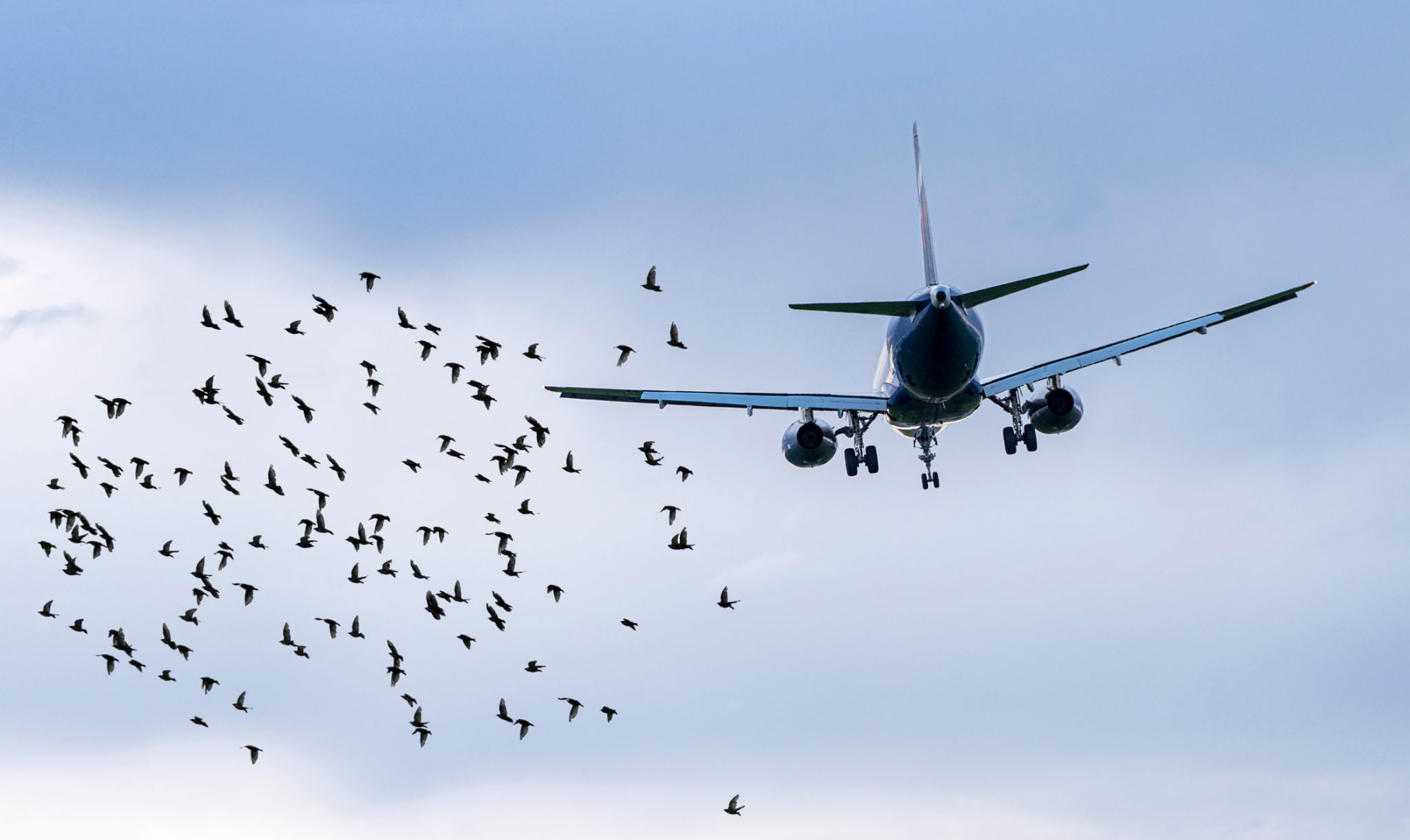Case Study: Successful Implementation of Avian Collision Prevention Solutions
Introduction to Avian Collision Prevention
Avian collisions with man-made structures pose significant threats to bird populations worldwide. As urban areas expand and infrastructure grows, the risk of these collisions increases, causing harm to both avian species and human activities. Implementing effective avian collision prevention solutions is critical to mitigating these impacts and promoting biodiversity.

The Need for Avian Collision Prevention Solutions
Bird strikes are a growing concern, particularly around airports, wind farms, and urban centers. These incidents can lead to the loss of bird life and cause damage to property and infrastructure. The implementation of targeted solutions helps address these issues by reducing the incidence of collisions, thereby preserving wildlife and minimizing economic losses.
Several factors contribute to avian collisions, including the location and design of structures, weather conditions, and bird behavior. Understanding these factors is essential for developing effective prevention strategies. Solutions often involve a combination of technological innovations and habitat management practices.
Case Study: A Successful Implementation
One exemplary case study highlights the successful implementation of avian collision prevention solutions at a major international airport. Faced with frequent bird strikes, the airport management team prioritized the safety of both birds and aircraft by adopting a comprehensive approach to collision prevention.

Strategies Employed
The airport’s strategy involved several key components:
- Habitat Management: Modifying the surrounding landscape to make it less attractive to bird populations.
- Technological Solutions: Installing bird detection radar systems and advanced lighting techniques to deter birds from approaching runways.
- Collaboration: Working with wildlife experts and ecologists to continuously assess and refine prevention methods.
These measures collectively contributed to a significant reduction in bird strikes, showcasing the effectiveness of a multi-faceted approach in avian collision prevention.
Outcomes and Benefits
The implementation of these solutions resulted in numerous benefits. The airport reported a dramatic decrease in bird-related incidents, enhancing safety for both birds and aircraft. This success not only safeguarded avian species but also reduced maintenance costs and operational disruptions for the airport.

Moreover, the project served as a model for other airports and industries seeking to address avian collision challenges. By sharing insights and best practices, this case study has contributed to broader efforts in wildlife conservation and sustainable infrastructure development.
Future Implications
The success of this case study underscores the importance of ongoing research and innovation in avian collision prevention. As technologies evolve, new solutions will continue to emerge, offering even more effective ways to protect birds and reduce human-wildlife conflicts.
Industries must remain proactive in their efforts, investing in both preventive measures and educational initiatives to raise awareness about avian collision risks. By fostering a culture of conservation and collaboration, we can ensure a safer environment for both birds and human endeavors.